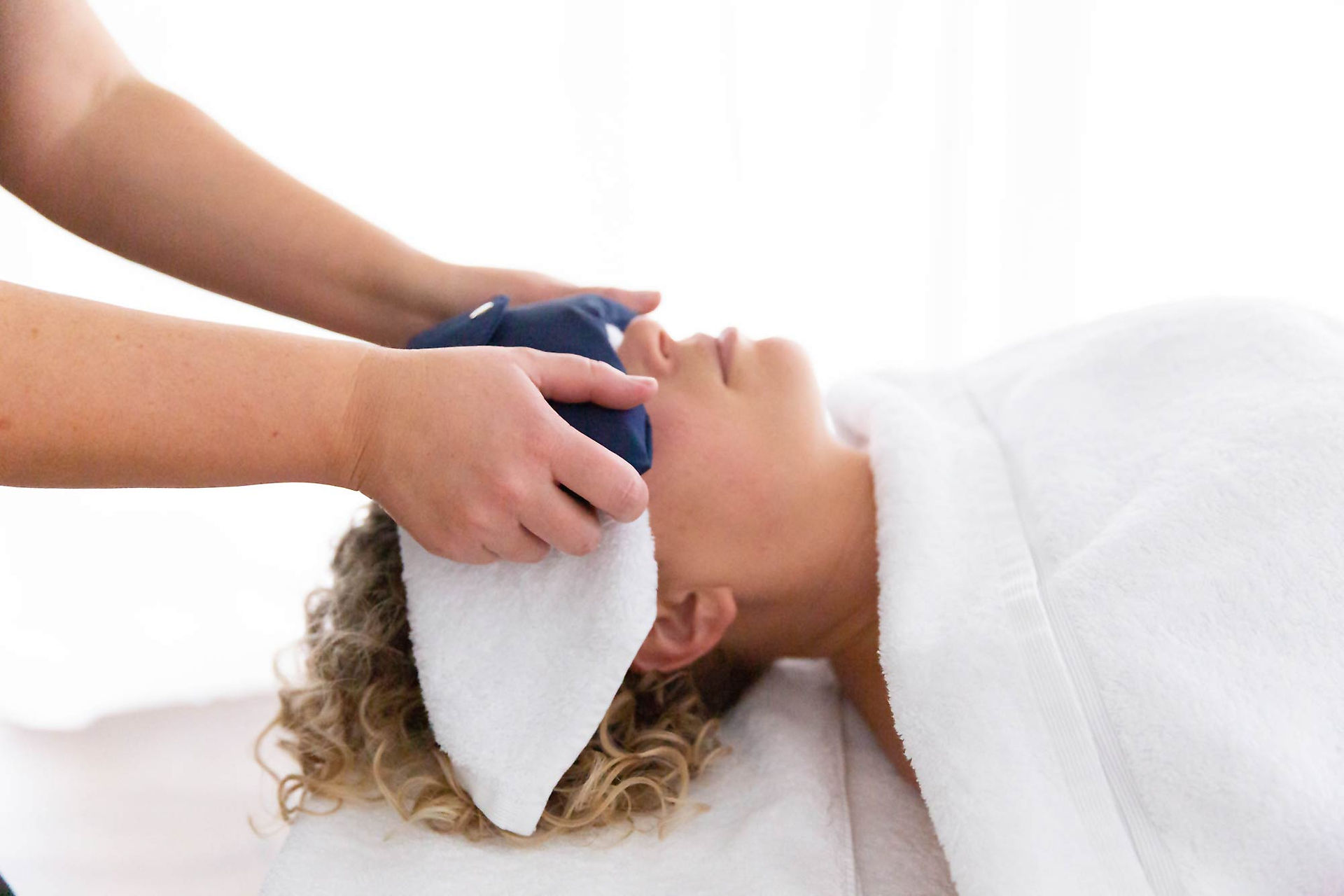

![Eco%20Friendly%20Therapist[1].jpg](https://static.wixstatic.com/media/bb4324_100c0b88e9b44179b7677acc6ab252eb~mv2.jpg/v1/fill/w_96,h_96,al_c,q_80,usm_0.66_1.00_0.01,enc_avif,quality_auto/Eco%2520Friendly%2520Therapist%5B1%5D.jpg)
The Key Benefits of Massage
What is happening to your body during and after a massage?
By massaging and relaxing the muscles there is a domino effect to all the other systems of the body. It creates a relaxation that brings the body into homeostasis, a place of balance where the body can repair and renew itself.
The Muscular System
-
Increases flexibility by stretching and relaxing the muscle.
-
Removes waste products. When muscles work, they produce lactic acid. This can build up in the muscles and add to muscle soreness. Think of it as sticky honey getting in between the muscle fibres.
-
Reduces the formation of adhesions. Through overuse and wear and tear, microscopic tears occur in the muscle fibres. These if not treated will be replaced by inelastic, scar tissue which is very inflexible.
-
Reduces cramps. We can increase the flexibility and tone of the muscle and reduce waste products within the muscle, which may reduce cramps.
The Skeletal System
-
Improves posture. Once the muscles are relaxed and lengthened, posture will improve. Poor posture can impact on the other systems of the body.
-
Improves mobility. Massage and passive movements can ease the joint and improve the range of movement.
-
Increases circulation of blood to the bones
The Cardiovascular System
-
Massage encourages blood flow to the extremities, organs and superficial blood vessels.
-
Improves the venous return. Blood has to work against gravity to return from the extremities back to the heart. Whenever possible, particularly on the limbs, we massage towards the heart to assist the return of venous blood.
-
Lowers blood pressure. Relaxation helps heart rate decrease and tight muscles (which create a resistance to blood flow and therefore an increase in blood pressure) are relieved. I liken this to a garden hose where the tap is switched on, but someone puts their foot on the watering end.
The Respiratory System
-
Encourages bas deep breathing. When people are stressed, they breathe rapidly and shallowly, not inspiring enough oxygen and not breathing out enough carbon dioxide, which can make the blood acidic. Massage stimulates the parasympathetic nervous system which slows and deepens breathing.
-
Stimulates the intercostal muscles. The intercostal muscles attached to the ribs when contracted, pull on the ribs, which expand the lungs to cause inspiration. We can improve the condition and tone of these muscles.
The Lymphatic System
-
Massage assists with the drainage of lymph from the cells to the lymph nodes which:
-
Improves the circulation of lymph and the removal of toxins from the cells.
-
Boosts immunity through stimulation of antibodies in the lymphatic system
-
Reduces oedema (swelling). A pooling of lymph due for example to injury or inactivity, can be reduced by careful effleurage towards the lymph nodes.
The Nervous System
-
Stimulates the parasympathetic nervous system. This has the effect of slowing down the systems of the body, (except digestion) and encouraging the body to repair and renew. It also switches on immunity.
-
Improves transmission of nerve impulses. The overall stimulating effect of massage will stimulate the neurons, (nerve cells), improving the efficiency of the transmission of messages.
-
Pain control. We have different nerve receptors to take different messages back to the brain. Some of these messages travel quicker than others. Pleasurable messages travel quicker than painful ones.
-
Psychologically - Massage gives us a feeling of well-being, allowing us to switch off, unwind and be at peace for a while.
The Endocrine System
-
Relaxation and massage counteract the negative effects of adrenaline, the hormone released to cause the fight and flight response.
-
Production of endorphins. The body’s natural opiates, to give us a high feeling.
-
Production of oxytocin, which is associated with breast feeding mothers, but is actually released by everyone and gives us a nurturing and loving feeling.
The Digestive System
-
Due to the stress response, our digestion systems can be upset or switched off. Massage will stimulate the parasympathetic nervous system to switch digestion back on.
-
The mechanical action of massage conducted in a clockwise direction will stimulate and assist the process of digestion and peristalsis. (The muscular squeezing of food along the intestines, by the intestinal walls.)
-
Massage speeds up the elimination of waste products from the body, reducing their toxicity and alleviating constipation.
The Skin
-
Massage increases the blood supply, which carries nutrients to the skin.
-
Massage can have an exfoliating effect and removes dead skin cells.
-
The skin will be fed with the nutrients in the oils.
-
Improves the condition of the skin.
-
Can reduce cellulite with diet and exercise.
-
Improves the elasticity of the skin, particularly scarred skin.
Massage increases body awareness, which can lead to taking greater responsibility for one’s health and well-being.